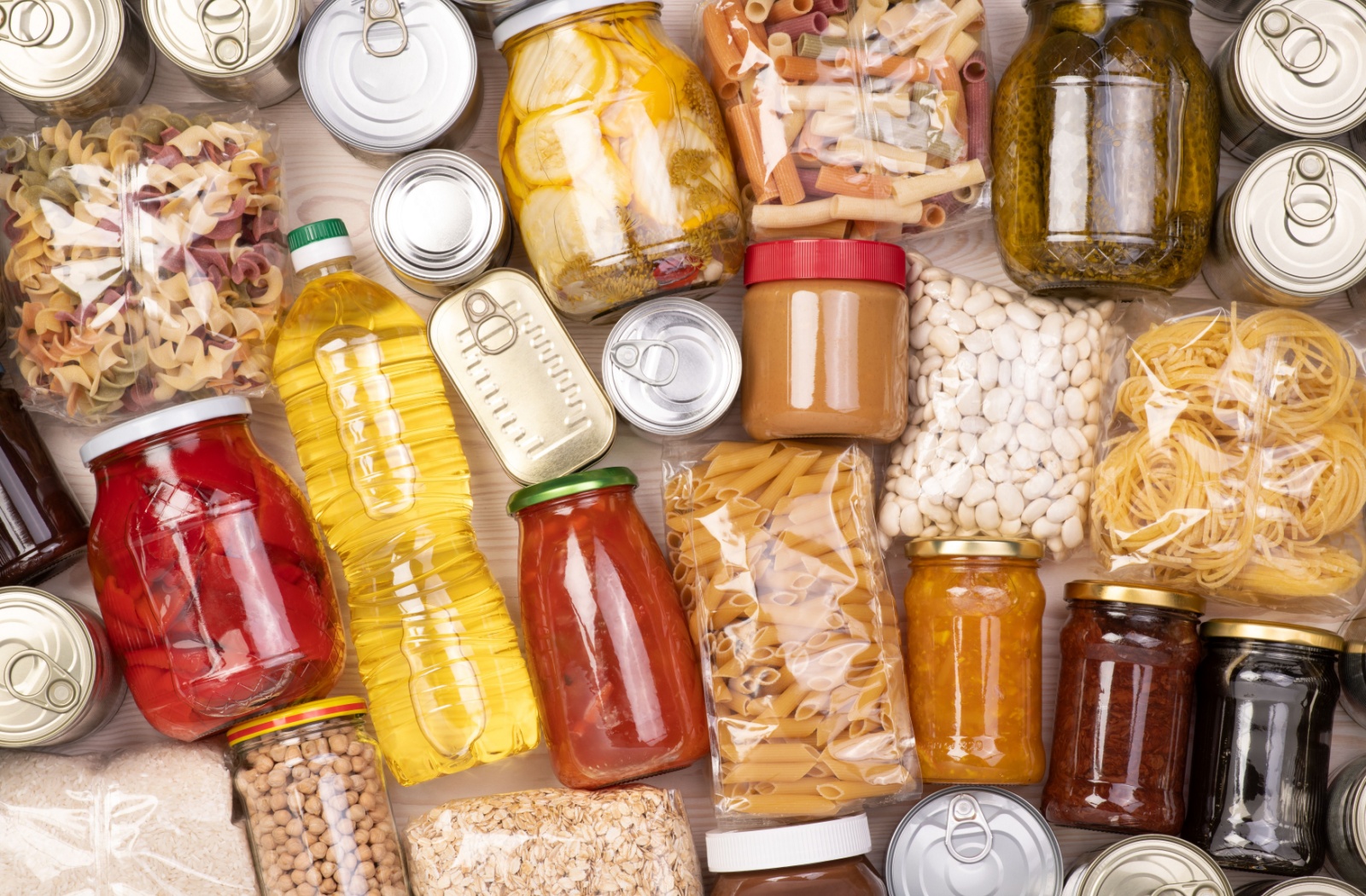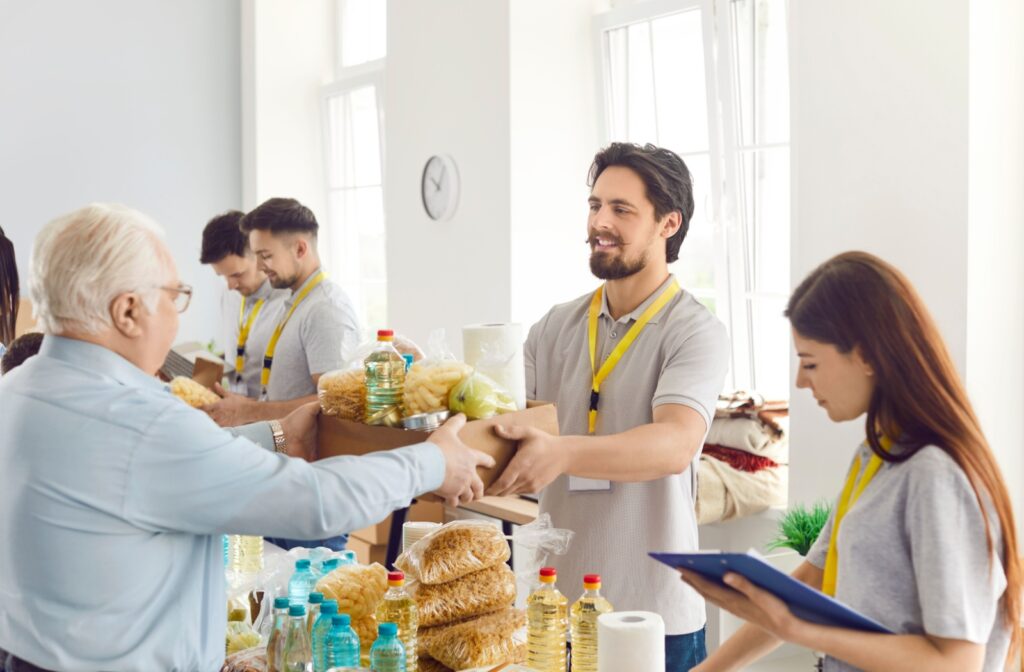Food banks are a crucial community service created to help individuals who are struggling with food insecurity. At food banks, community members can find fresh produce, non-perishable food items, and basic household essentials like cleaning supplies and toilet paper.
Food banks function by accepting donations from individual community members and businesses. These donations are then distributed to food bank patrons based on their individual needs or the needs of their families.
To use a food bank, you may need to register ahead of time or before collecting supplies. Make sure to look at your local food bank’s registration policies online or call your local food bank about their registration process before visiting.
Food banks are a great way to support community members who may be struggling. Those who want to make a meaningful difference in their community can give back by donating food items or volunteering at their local food bank.
What is Using a Food Bank Like?
Using a food bank for the first time may seem daunting, but it doesn’t have to be. While using your local food bank may take a couple of steps, staff will usually be there to help you along the way. There are two common steps to using a food bank, registration and picking up items.
1. Registration
The first step to using a food bank is registering. Some food banks may require that you register online or over the phone before you come, others may have you to register at the food bank the first time you come in. The amount of information a food bank needs from you can change, so be sure to check with your local food bank before stopping by.
At Regeneration Marketplace, you can register with us when you arrive. All you need is a piece of government-issued identification and some shopping bags.
Registration allows food banks to monitor how many community members use their services. This information is used to make proposals for donations and grants to run facilities, monitor what products people need the most, and ensure that products are distributed fairly.
2. Pick Up
Once you register, you can begin the pickup process at the food bank. This may look different depending on the food bank that you use. Some food banks use a hamper system, where they pre-prepare a food package that you can pick up on arrival. Sometimes you can customize these packages to include different food and household items.
Some food banks allow you to select the items that you want. At Regeneration Marketplace, we want to make sure the people who come through our doors leave with the products that will work best for them. This is why we follow a “marketplace” structure, where individuals can shop from the different products that we have, and choose the items that will suit their dietary and household needs best.
Who Can Use a Food Bank?
As many as 18% of Canadian families experience food insecurity every year. This means that there are almost 7 million Canadians who are either concerned about running out of food or have had to skip meals and grocery store visits in the past 12 months. Unfortunately, this number is on the rise.
Anyone experiencing food insecurity is welcome to use their local food bank for them or their family. Some food banks that have limited resources may limit how much aid they can give based on people’s needs. This means you may need to provide proof of your home address, identity, and even income to some food banks so they can determine how many resources to allocate to your needs.
Who Can Donate to a Food Bank?

If you are someone who is not experiencing food insecurity, donating can be a great way to help. At a food bank, you can either give financial donations or donate goods.
If you want to donate goods, non-perishable items are key. A list of common donations that food banks can use are:
- Dry boxed goods like pasta, cereal, and rice.
- Canned goods like beans, fruit, and meat.
- Cooking and baking items like oils, flour, sugar, and pancake mix.
- Shelf-stable condiments like peanut butter and jars of jelly or jam.
- Easy to make drinks like powdered juice mixes, tea bags, or instant coffee.
Some food banks will accept fresh produce donations. However, double-check with your local food bank about their donation rules before donating any perishable meats or produce.
You can donate common household items if your local food bank accepts them. This includes items like:
- Toilet paper and facial tissue
- Feminine hygiene products
- Cleaning supplies
- Toothbrushes and toothpaste
Sometimes, food banks will also form partnerships with local farmers or businesses, who will donate excess goods to the food banks for free. If you are a local business owner interested in donating in bulk, contact your local food bank.
How Can I Get Involved?
Giving back to your community not only helps your neighbours but can provide you with a sense of gratitude and fulfillment. If you want to volunteer at your local food bank, don’t hesitate to reach out to them. At Regeneration Outreach Community, we are happy to offer volunteer opportunities in both our Marketplace and our Outreach Community.
If you are someone struggling with food insecurity, we can help. Our Marketplace is open Tuesday-Saturday. All you need to register are a piece of government-issued identification and some reusable shopping bags. We also offer a variety of services including basic needs care and health care to community members in need.
To learn more about our services and what Regeneration Outreach Community is doing to help the Brampton Community, you can contact us today!



